I'm trying to reproduce the result in Figure 1 of the paper "Immunotherapy: An Optimal Control Theory Approach" by K. Renee Fister and Jennifer Hughes Donnelly, 2005. To do this, I have written a numerical optimal control solver using Python's GEKKO package. I have used the same initial conditions, control bounds, parameter values, and model equations as in the paper. However, when I run the code, I get the following error:
Traceback (most recent call last):
File "xxxxxx", line 45, in <module>
m.solve(disp=False) #solve
File "xxxx", line 783, in solve
raise Exception(response)
Exception: @error: Solution Not Found
I expect the output of the program to provide two figures: one of the ODE dynamics and a plot of the optimal control solution.
I have tried changing the code in many ways: modifying the objective functional, number of time steps, and changing the optimal control mode, however, I get the same error each time. Below is the code I am using:
from gekko import GEKKO
import numpy as np
import matplotlib.pyplot as plt
m = GEKKO()
nt = 1010
m.time = np.linspace(0,350,nt)
# Variables
X = m.Var(value=1)
Y = m.Var(value=1)
Z = m.Var(value=1)
OF = m.Var(value=0)
v = m.Var(value=0,lb=0,ub=1) #Control is initially 0 with a lower bound of 0 and an upper bound of 1
p = np.zeros(nt) #mark final time point
p[-1] = 1.0 #all zeros except the end, which is 1
final = m.Param(value=p) #final depends on integration limits
#Parameter Values
c = .000085
mu2 = .03
p1 = .1245
a = 1
r2 = .18
mu3 = 10
p2 = 5
g1 = 20000000 #2e7
g2 = 100000 #1e5
g3 = 1000 #1e3
b = 1*10**(-9)
s2 = 100000000
B = 100000000
# Equations
m.Equation(X.dt() == c*Y-mu2*X+(p1*X*Z)/(g1+Z))
m.Equation(Y.dt() == r2*Y*(1-b*Y)-(a*X*Y)/(g2+Y))
m.Equation(Z.dt() == (p2*X*Y)/(g3+Y)-mu3*Z+v*s2)
m.Equation(OF.dt() == X-Y+Z-B*v)
m.Obj(-OF*final)
m.options.IMODE = 6 #optimal control mode
m.solve(disp=False) #solve
plt.figure(figsize=(4,3)) #plot results
plt.subplot(2,1,1)
plt.plot(m.time,X.value,'k-',label=r'$S$')
plt.plot(m.time,Y.value,'b-',label=r'$R$')
plt.plot(m.time,Z.value,'g-',label=r'$E$')
plt.plot(m.time,OF.value,'r-',label=r'$OF$')
plt.legend()
plt.ylabel('CV')
plt.subplot(2,1,2)
plt.plot(m.time,v.value,'g--',label=r'$v$')
plt.legend()
plt.xlabel('Time')
plt.ylabel('Value')
plt.show()
This code was derived by modifying the example GEKKO code that was provided in this Youtube video. Any help resolving this issue would be much appreciated!

